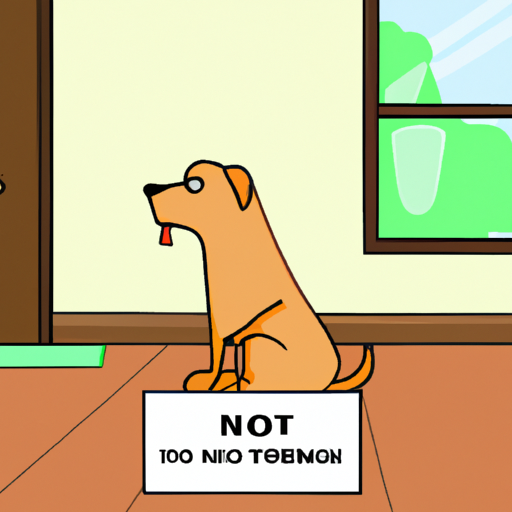Understanding Why Dogs Mark Their Territory
To effectively address the issue of your dog marking in the house, it’s important to first understand why they’re doing it. Dogs, like many animals, use urine marking as a way to communicate with others. It’s a normal behavior that is driven by their instinct to claim territory, especially in the presence of other dogs.
However, when this behavior transfers to the inside of your home, it can become a big issue. To tackle this problem, we need to approach it from several angles, considering your dog’s health, behavior, and environment.
Checking Health Concerns
First and foremost, rule out any potential health issues. Certain medical conditions can cause dogs to urinate frequently, leading to what looks like marking.
- Urinary Tract Infections (UTIs): UTIs can cause increased urination and give the appearance of marking.
- Diabetes: Dogs with diabetes may urinate more, often leading to accidents in the house.
- Old Age: In older dogs, cognitive dysfunction or incontinence could be the cause.
It’s crucial to consult with a vet to rule out these and other health concerns.
Modifying Behavior through Training
Assuming there are no health issues, we can then look into behavioral modifications. Training your dog not to mark inside can be a bit of a journey, but with patience and consistency, it’s entirely doable.
Here are some steps to follow:
- Catch them in the act: If you see your dog start to mark, clap loudly or use another noise to interrupt them.
- Redirect their attention: Once you’ve interrupted them, redirect them to an appropriate place to urinate, like outside.
- Reward good behavior: When they urinate in the correct place, reward them with treats, praise, or playtime.
Remember, it’s important to clean any marked spots thoroughly to remove the scent and discourage future marking.
Adjusting Your Dog’s Environment
Adjusting your dog’s environment can also help to deter marking.
- Neuter or Spay: Unneutered males and unspayed females are more likely to mark than neutered or spayed dogs.
- Limit visibility to other dogs: If your dog is marking in response to seeing other dogs outside your window, consider closing blinds or moving your dog to another part of the house.
- Introduce new objects slowly: If your dog tends to mark new items, introduce them slowly and supervise your dog around them.
Consulting a Professional
If the marking continues despite your best efforts, it may be time to consult a professional. Professionals can provide a tailored approach to your dog’s marking issues and offer additional guidance and support.
FAQs
Q: Is marking the same as regular urination?
A: No. Marking is usually a smaller amount of urine sprayed on vertical surfaces.
Q: Is marking a sign of a dominant dog?
A: Not necessarily. Both submissive and dominant dogs can mark, as it’s more about communication and territory than dominance.
Q: Can female dogs mark their territory too?
A: Yes, while it’s more common in males, female dogs can also mark.
Q: Can anxiety cause marking?
A: Yes. Stress or anxiety can trigger marking. Consider if any changes in the household could be causing your dog anxiety.
Q: Does neutering/spaying stop marking?
A: It can help, especially if your dog is marking due to a perceived threat from other dogs. However, it’s not a guaranteed solution.



